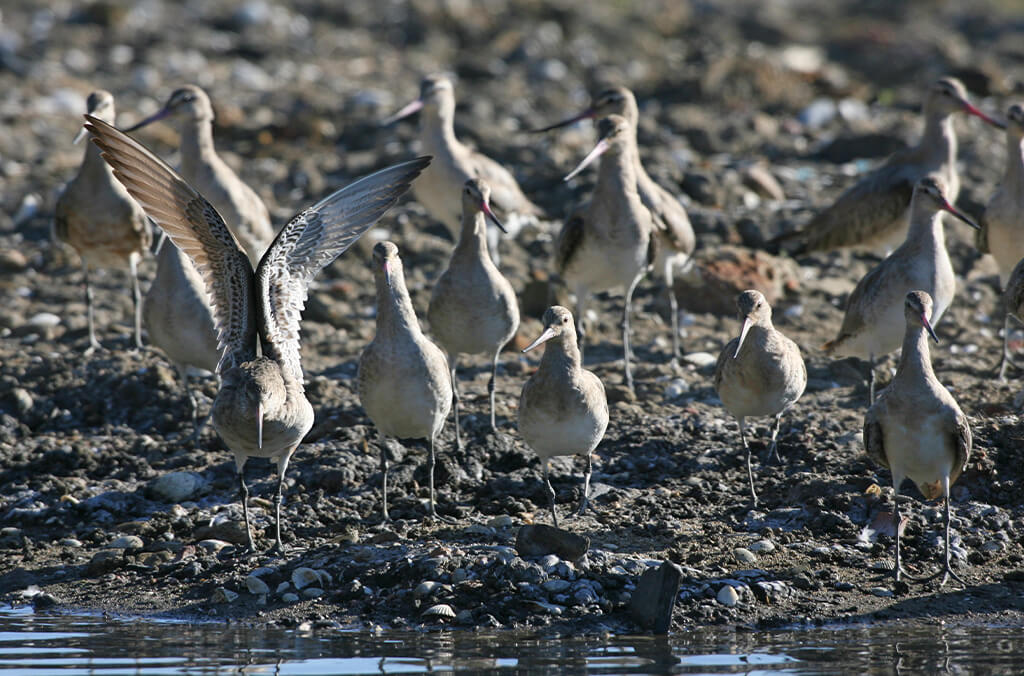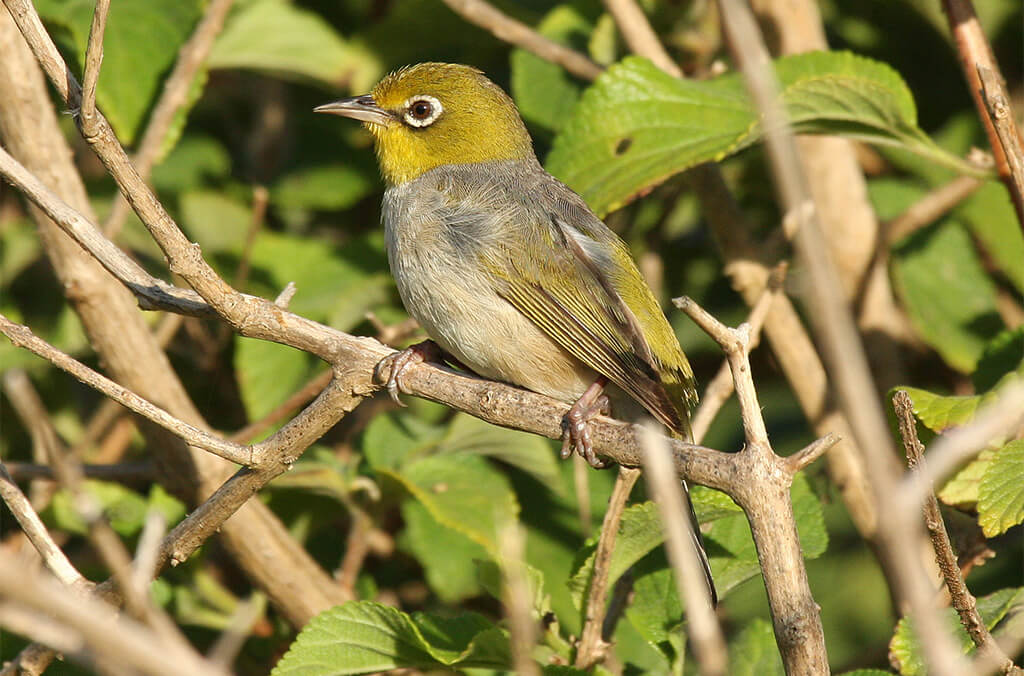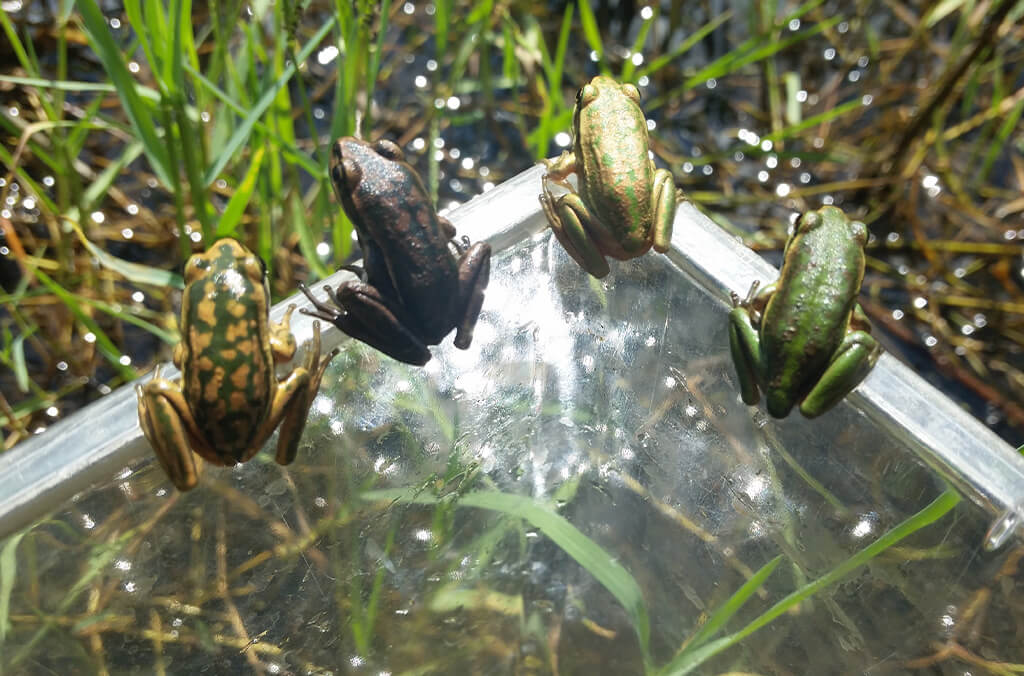The season of dispersal
As summer winds down, you may start noticing changes in the activity of wildlife around.
As summer winds down, you may start noticing changes in the activity of wildlife around you. Some migratory species are leaving, some migratory species are arriving, some species disperse, and other species will change colour!
Say farewell to our migratory shorebirds leaving for the Northern Hemisphere
Migratory shorebirds seen across conservation areas of the Park over spring and summer are stretching their wings in preparation to fly back to their breeding grounds in the Northern Hemisphere.
The Latham’s Snipe heads to Japan, the Sharp-tailed Sandpiper heads to Arctic Siberia, and the Bar-tailed Godwit heads to Russia, and north-west Alaska.
We wish them safe passage along their flight paths as they perform this feat!

Say hello to migratory species arriving from interstate
Many migratory species travel interstate in Australia to take advantage of warmer or cooler weather. For example, in the south of their range, Silvereyes move north each autumn, and move back south in late winter.
Amazingly, for birds that only weigh a few grams, most of the Tasmanian population crosses the Bass Strait and disperse into Victoria, New South Wales, and south-eastern Queensland.
The Silvereyes usually seen on the east coast during spring and summer have yellow throats, pale buff flanks (side of the belly) and white on the undertail. Silvereyes visiting from Tasmania have grey throats, chestnut flanks and yellow on the undertail. Can you spot this difference?

Watch for species dispersing
Watch for our frogs in strange places, they may need a helping hand!
The warmer weather now behind us is when adult frogs are more likely to breed, and tadpoles develop into juvenile frogs. Before the cooler weather really hits, juvenile frogs are busy dispersing from their natal, birth or nursery ponds and moving across the landscape.
It’s important that they find a safe place to shelter before going into torpor. Torpor is a technique used by frogs over periods of reduced food availability, where they will lower their metabolic rate and remain mostly non-active until the warmer weather and food supply returns.
If you see any juvenile frogs outside of habitat areas e.g., in amenity blocks or parking ticket machines, call SOPA Park Rangers on 0408 864 798 for assistance. Do not handle frogs yourself as without training you are likely to do them harm.

Note the colour change of some species
Males of some bird species will lose their vibrant plumage exhibited over spring and summer. The vibrant plumage is important in attracting a mate over the breeding season. However, outside of the breeding season, this bright plumage presents an unnecessary vulnerability to predators.
For example, the male Superb Fairy-wren goes into eclipse, meaning duller plumage replaces or ‘eclipses’ the more vibrant plumage. Male Superb Fairy-wrens will lose their light blue cap, ear tufts, and cheeks and replace these colours to look more like the mostly brown adult female; however, they will retain their navy-blue tail.
